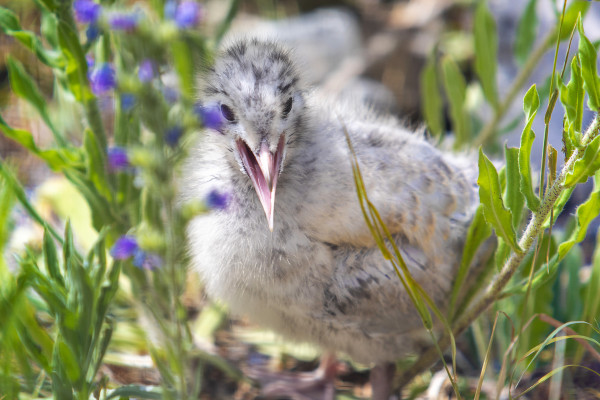Native birds flocking to the red zone
Christchurch City Council Newsline: 27th August 2025
The Ōtākaro Avon River Corridor’s (OARC) first wetland is becoming a haven for native wildlife, with new bird species flocking in to nest.
Regular bird monitoring at the Waitaki Street wetland is showing an increase in bird numbers and species richness, and Christchurch City Council Ecologist Andrew Crossland says the wildlife diversity is continuously improving.
The two-hectare wetland was created earlier this year after the Council removed sheet metal pilings north of Pages Road Bridge at Waitaki Street, allowing tidal river waters to flow into low-lying areas.
The site provides a rich habitat for the natural regeneration of native plants and the feeding, roosting and nesting requirements of birds.
Mr Crossland says the habitat is developing exactly as it should, with vegetation transitioning from submerged exotic grasses and weeds into saltmarsh within the basin, and ephemeral ponds along the old street alignments creating the ideal environment.
“This is the perfect wet, marshy habitat for native water birds, and we’re now seeing several species coming in to roost in preparation for spring.
“Spur-winged plovers are already nesting in the areas, and native black-billed and red-billed gulls are showing interest in the stoney islands.
 “We’re expecting pied-stilts to be nesting on the islands soon as groups have been showing pre-breeding behaviours, and we may see native waterfowl coming in too.”
“We’re expecting pied-stilts to be nesting on the islands soon as groups have been showing pre-breeding behaviours, and we may see native waterfowl coming in too.”
With the birds establishing at this new site, Mr Crossland urges residents to protect the breeding grounds.
“Loud noises including motorbikes and fast e-bikes passing through the area can disturb the wildlife - as can dogs running off lead. So we’re asking residents to please take care when travelling nearby.”
Over the summer months, minor landform modifications will smooth off the old stopbank to give it a more natural shape, improving its suitability for roosting further.
The wetland will naturally re-establish native vegetation, with salt-tolerant indigenous marsh plants expected to come through in spring.
The downstream edge of the tidal wetland will continue to transform over the next two to three years as the marsh regeneration occurs.